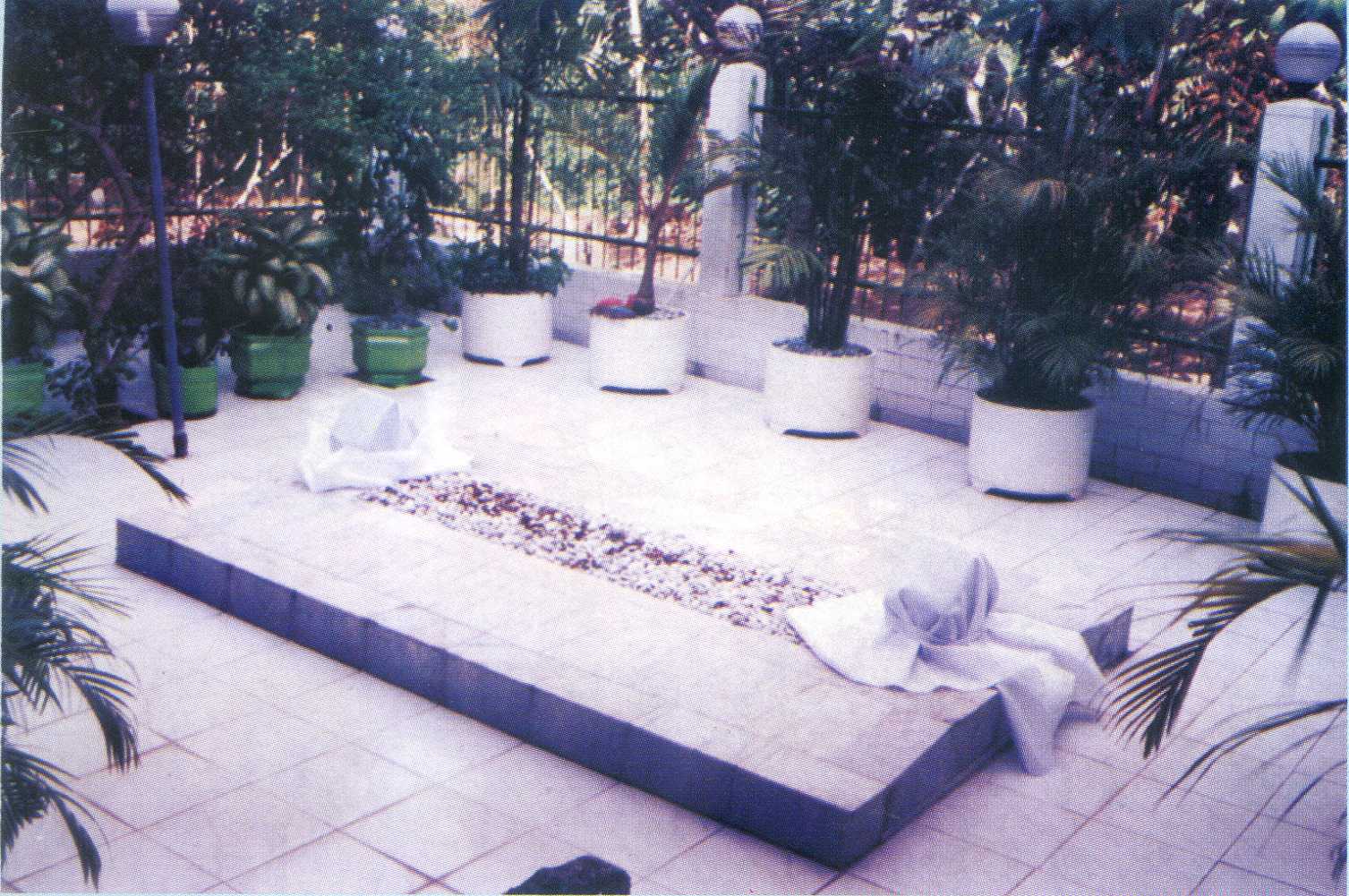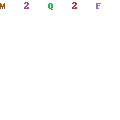Pertama kali yang harus anda ketahui ketika mempelajari narrative text adalah tujuan; untuk apa anda menulis (writing), membaca (reading), berbicara (speaking), atau mendengarkan (listening) teks naratif. Saya khawatir ketika anda sudah susah payah menulis, karena salah menentukan the purpose of narrative text, tulisan tersebut gagal di depan pembaca.
Features (ciri-ciri)
Tujuan teks naratif memang bisa lebih dari satu. Teks ini merupakan teks yang unik di pangkuan pembacanya. Ada banyak keinginan yang digantungkan kepada teks ini, misalnya saja, dengan membaca teks naratif seseorang ingin mendapatkan hiburan (entertainment), nilai-nilai moral (moral value), atau untuk mempermainkan/menggerakkan emosi (emotion game).
Macam-macam Narrative Text:
- Cerita rakyat (folk tale)
- Dongeng
- Legenda (legend)
- Cerita binatang (fable), dan cerita rekaan lainnya.
Hal penting kedua, generic structure atau stuktur teks, yaitu:
1. Orientation: bagian awal yang berisi pengenalan tokoh, setting tempat dan waktu, dan awalan masuk ke tahap berikutnya. Contoh:
Once upon a time, there lived a sparrow with her husband on a tree. She had built a nice nest and laid eggs in it.
2. Complication: bagian ini tokoh utama berhadapan dengan masalah (problem). Bagian ini menjadi inti teks naratif; harus ada. Jika tidak ada masalah, masalah harus diciptakan. Contoh:
One morning, a wild elephant was in search of shade and he arrived at the tree. However, soon he became angry and shook the tree hard. He didn’t find enough shade.Down came all the sparrow eggs and broke one by one. But both parents were saved. The mother sparrow was very sad.
3. Resolution: bagian ini merupakan kelanjutan dari complication, yaitu pemecahan masalah. Masalah harus diselesaikan dengan cara yang kreatif. Contoh:
The woodpecker, a friend of hers, offered to help her think of a way to kill the elephant.The woodpecker flew to her friend, the gnat, which in turn went to the wise frog for advice. The frog devised a scheme for killing the elephant.The frog asked the gnat to buzz in the ears of the elephant, so that the elephant would be thrilled to listen to the music of the gnat and close its eyes. Then, he asked the woodpecker to peck the elephant’s eyes out. He himself would be on the edge of a pit and would croak misleading the elephant to think that it was a pond.
4. Re-orientation: bagian penutup. Seperti dalam recount, orientation berisi gambaran perasaan tokoh atau penulis, atau kesimpulan tentang cerita. Contoh:
The next day at noon the three animals carried out the plan and the elephant was killed when he fell flat into a pit after being blinded by the woodpecker when he closed his eyes in response to the gnat. So the revenge was taken with collective wit of all three animals.
Tense yang digunakan
Secara logika, sebenarnya kita bisa menebak. Semua teks narrative pasti terjadi pada masa lampau (in the past), sehingga tense atau kata kerja yang digunakan ialah past tense. Perhatikan kata kerja yang dicetak merah.
Features (ciri-ciri)
Untuk tingkat SMP, teks naratif yang dipelajari adalah teks naratif sederhana. Paragrafnya masih linier, simple dan sesuai dengan aturan baku. Biasanya, narative di buka dengan frasa seperti di bawah ini:
- Once upon a time…
- A long time ago, ….
- One day, ….

















